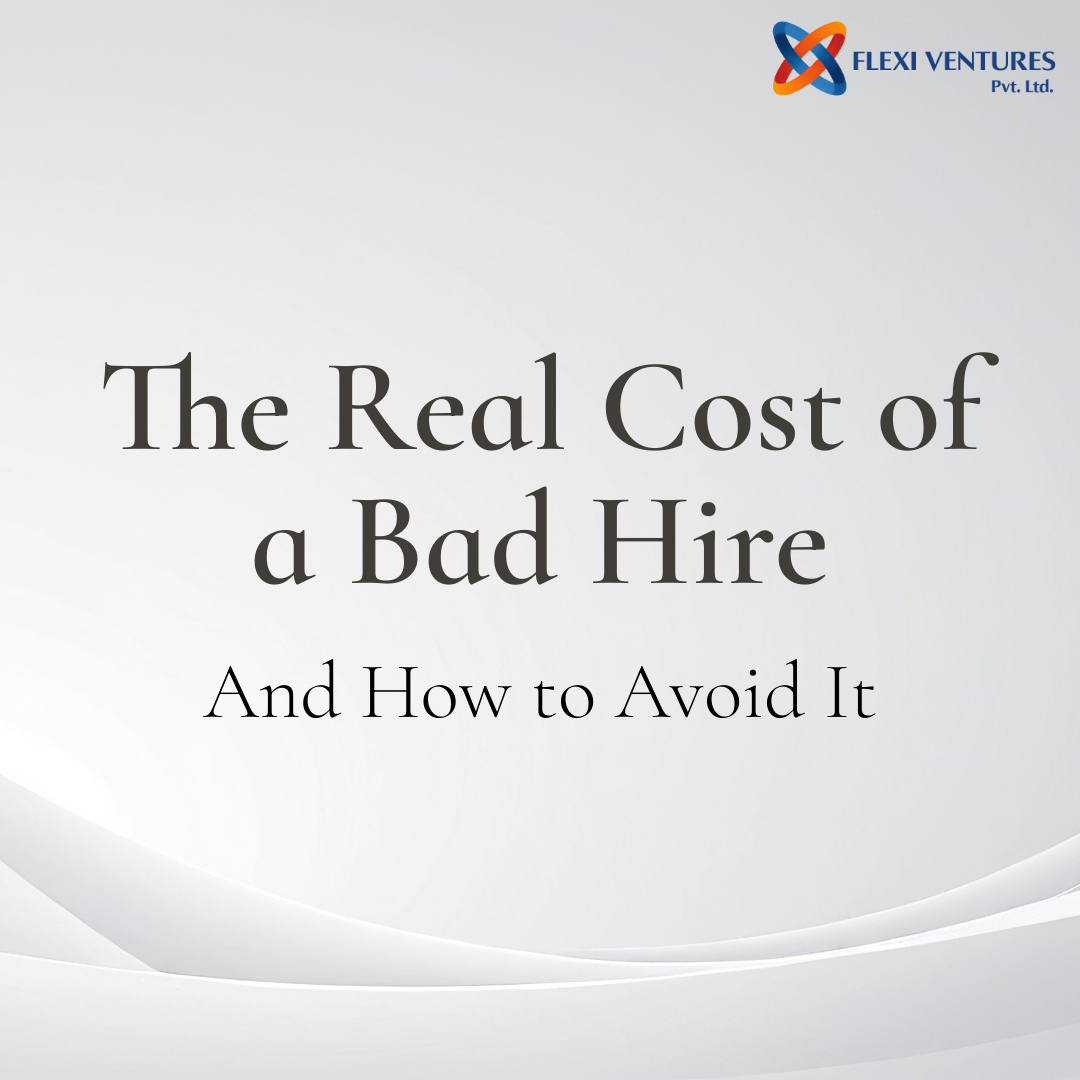Hiring the right person is crucial for building a successful team, while a bad hire can be financially and culturally costly. A poor hiring decision undermines morale, hampers productivity, and affects your company’s bottom line. Hidden costs include increased recruitment expenses, lost productivity, and disruptions to team dynamics. In this discussion, we examine the true costs of a bad hire and explore effective strategies to minimize this risk. By refining your recruitment process, emphasizing cultural fit, and implementing robust assessment methods, you can secure the right talent and ultimately drive long-term success for your organization overall today.
The financial impact of a bad hire is often greater than expected. Research shows that a poor hiring decision can cost roughly 30% of an employee’s first-year earnings, and this figure tends to rise for roles with greater seniority or extensive onboarding requirements. For instance, some agencies’ data indicates that a single bad hire can cost a business around $17,000, with higher-level hires incurring even greater expenses. This underscores the significant financial risk of making the wrong hiring decision, highlighting the need for robust recruitment and onboarding strategies to mitigate these costs.
A bad hire can incur hidden costs beyond the immediate financial impact. For instance:
- Decreased Team Morale: Working alongside a disengaged or underperforming colleague can lower team spirit and cause dissatisfaction among other employees.
- Lost Productivity: Time and resources spent correcting mistakes or managing performance issues divert focus from core business objectives.
- Reputational Damage: Errors or delays in customer-facing roles due to a poor hire can tarnish the company’s reputation, potentially impacting customer retention.
How To Avoid The Cost Of A Bad Hire
- Clearly Define Role Requirements:
Establish detailed job expectations and qualifications. Distinguish between essential, non-negotiable skills and those that can be developed on the job to prevent mismatches. - Implement Objective Assessment Tools:
Utilize data-driven evaluation methods, such as AI and machine learning, to reduce subjectivity and unconscious bias and ensure candidates are assessed on measurable criteria. - Conduct Thorough Reference Checks:
Speak with previous employers to verify candidates’ work history, skills, and cultural fit and uncover insights that might not surface during interviews. - Use Skill-Focused Interview Techniques:
Ask targeted questions that require candidates to demonstrate specific abilities, rather than relying on broad, open-ended questions, to better gauge their technical proficiency. - Prioritize Measurable Cultural Fit:
Define what “cultural fit” means in concrete, measurable terms, so you can objectively assess whether candidates possess the qualities that align with your organization’s values. - Avoid Rushing the Hiring Process:
Take the necessary time to vet candidates carefully. A hasty decision can lead to costly mistakes and the need to repeat the process if the hire doesn’t work out. - Consider Professional Employer Organizations (PEOs):
Partner with a PEO to streamline recruitment functions such as job postings, candidate screenings, and background checks, allowing you to focus on core business needs while ensuring quality hires.
Handling A Bad Hire
Despite your best efforts, a bad hire can still occur, and handling it quickly and strategically is crucial. First, pinpoint the problem—whether related to performance, attitude, or cultural fit—and address it directly with the employee. If needed, implement a performance improvement plan or consider adjusting the employee’s role to better suit their strengths. For further guidance, refer to our comprehensive guide on simplifying performance management.
If improvements remain elusive, termination may be necessary. Ensure that you follow all legal protocols to prevent wrongful termination claims. Many organizations also use a probationary period as a way to assess a new hire’s fit before committing long-term. This trial phase helps confirm that new employees meet your organization’s goals and standards before they become permanent members of the team.
In conclusion, hiring the right person is essential for any organization’s long-term success. The financial and cultural costs of a bad hire can be significant, impacting not only your bottom line but also team morale, productivity, and your company’s reputation. Understanding that a poor hiring decision can cost roughly 30% of an employee’s first-year earnings and lead to hidden expenses like decreased team spirit and lost productivity, it becomes clear that robust recruitment processes are a strategic necessity.
To minimize these risks, it is vital to clearly define role requirements, use objective assessment tools, conduct thorough reference checks, and focus on measurable cultural fit. Taking the time to vet candidates carefully rather than rushing the process can prevent costly mistakes and the need to repeat the hiring process later. Additionally, partnering with professional employer organizations (PEOs) can streamline recruitment functions, allowing you to concentrate on core business needs while ensuring quality hires.
Even with the best processes in place, a bad hire may still occur. In such cases, addressing the issue swiftly—whether by implementing performance improvement plans or, if necessary, proceeding with termination—while adhering to legal guidelines is crucial. Incorporating probationary periods can also help ensure that new hires align with your organization’s goals and standards before making a long-term commitment.
Ultimately, a comprehensive and carefully executed hiring strategy not only protects your business from the hidden costs of a bad hire but also lays the foundation for a high-performing, resilient team that drives sustained growth and success.
For more information on HR consulting or support services visit our website.
Visit our Website – www.flexiventures.in
Call – 8080100001

